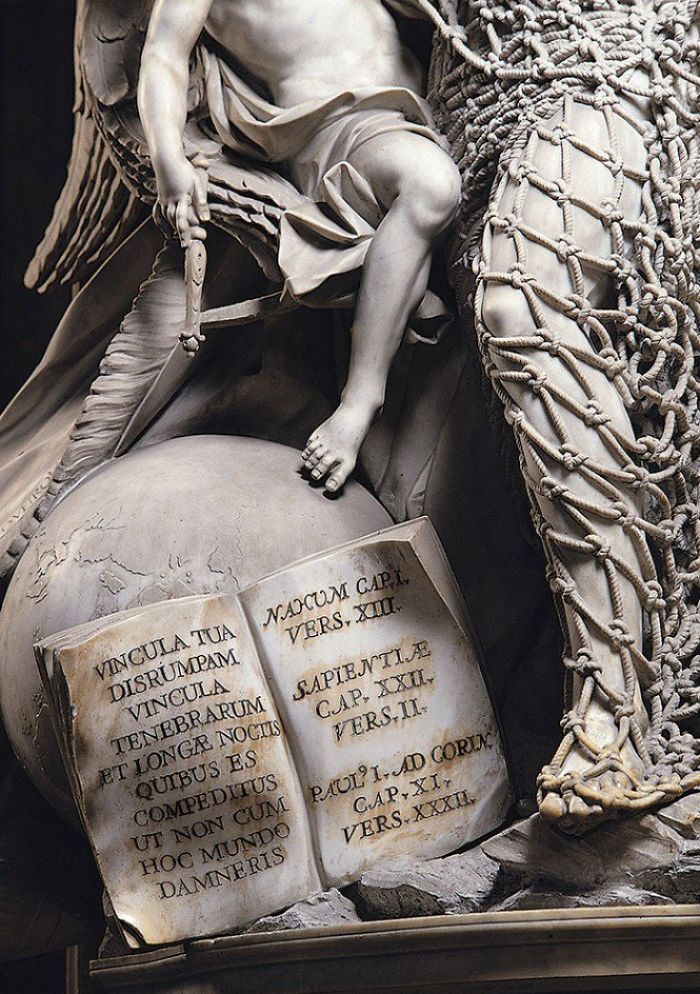Italian Sculptor Created A Marble Masterpiece In 7 Years And People Can’t Believe It’s All Marble
Italian Sculptor Created A Marble Masterpiece In 7 Years And People Can’t Believe It’s All Marble
The Cappella Sansevero, a chapel in the historic center of Naples, Italy, is one of the most awe-inspiring spaces on Earth. Everywhere you look, you are confronted by marble statues of astonishing beauty, a bevy of masterpieces from 18th century Italian artists that have left visitors scratching their heads in wonder for hundreds of years. How can such intricate works possibly have been carved from marble slabs?
Image credits: SomaSantutxu
Il Disinganno (Disillusion or Release from Deception), the classical art masterpiece of Genoese artist Francesco Queirolo, is one piece in particular that leaves patrons puzzled. It portrays a man breaking free from a delicate, elaborately carved net, helpfully assisted by the presence of a winged angel. According to the museum’s website, the sculpture is steeped in symbolism.
Image credits: museosansevero
“In his book Istoria dello Studio di Napoli (1753-54), Giangiuseppe Origlia rightly defines this marble stone statue as ‘the last and most trying test to which sculpture can aspire.’ The reference is naturally to the virtuoso work on the net, which amazed famous eighteenth- and nineteenth-century travelers, and continues to astound tourists today.”
“In this regard, the story goes that – as had already happened to the famous sculptor years before, when he was working on another statue – the sculptor had to burnish the sculpture with pumice personally. The craftsmen of the period, though specialized in the burnishing phase, refused to touch the delicate net in case it broke into pieces in their hands.”
Other notable masterpieces among the 28-piece Italian art collection include The Veiled Truth (Pudicizia, also called Modesty or Chastity) which was completed by Antonio Corradini in 1750 as a tomb monument. and the 1753 Christ Veiled under a Shroud (also called Veiled Christ), by Giuseppe Sanmartino, which shows the influence of the veiled Modesty.
Modesty











Comments
Post a Comment